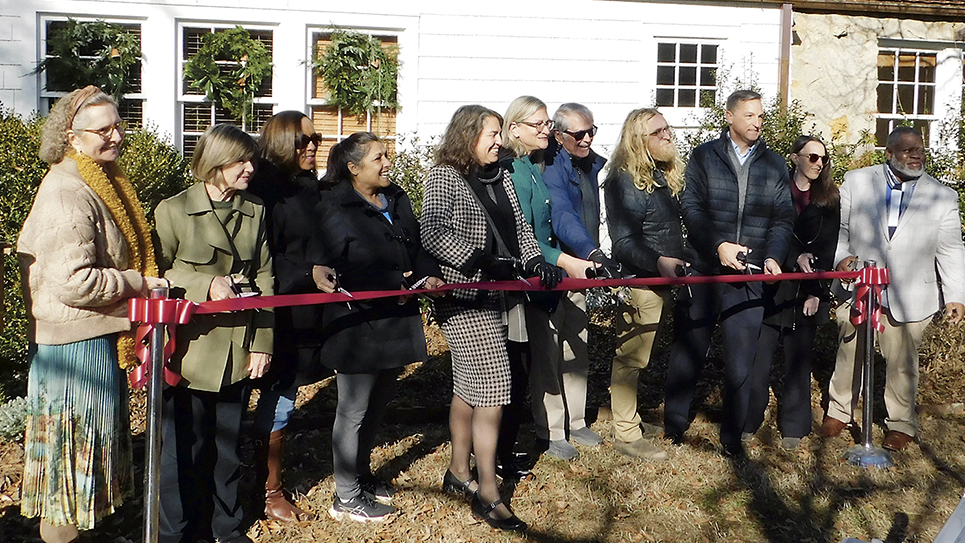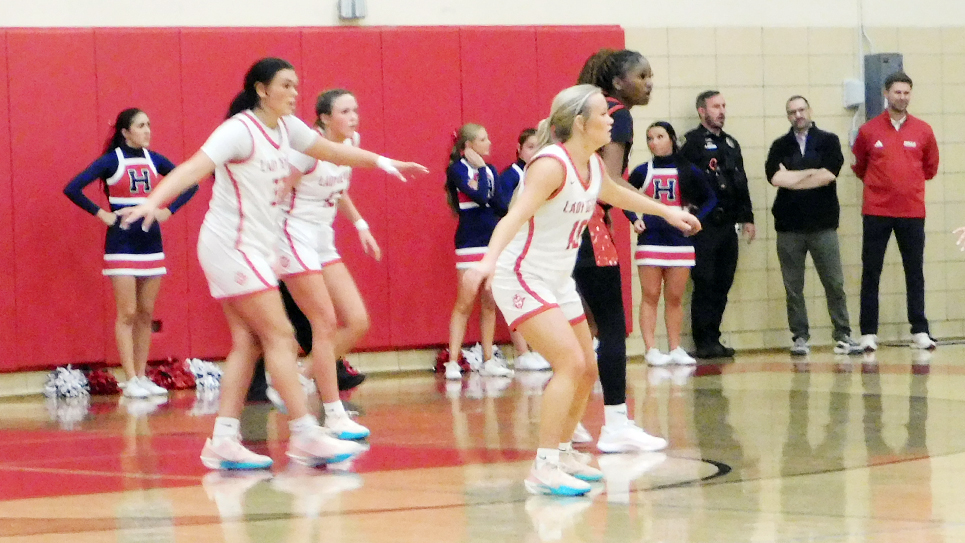Interesting happenings in the visiting team area after the game
By Tom Mattingly
Tennessee fans across the expanse of Neyland Stadium see visiting teams trot onto the field to a scattered chorus of boos, but that’s just part of the story. There’s drama underneath the South end after each game precious few people get to witness.
The Vol Network is not likely to make a video of great moments in the visitors area, but that should not diminish in the least what goes on there.
The current visiting team area dates to the 1948 stadium expansion, with a couple of additions, including a new media room, in the nearly 80 years since. This area is a continuous hub of activity on a number of fronts after the game. Across college football, the areas reserved for the visiting team often appear to be an afterthought, but that’s just part of the ambience of the game experience.
For example, there are times coaches do their post-game radio show before meeting the media. That often causes problems, given that the home school SID crew in the press box upstairs is anxiously waiting to distribute their comments to the media covering the game.
The 1996 post-game activity for the contest with Georgia is one example. On the air, Georgia head coach Jim Donnan suggested that Phillip Fulmer “ran up the score” with a late TD pass to Derrick Edmonds. Those types of contentious moments happen all the time.
Off the air, Donnan asked show co-host Loran Smith about having dinner with Archie Manning the night before and, perhaps, giving away elements of the Georgia game plan.
The discussion was occasionally marked by raised voices, but you couldn’t have noticed when the show came back on the air. Their conversation was all sweetness and light. That happened over the course of several breaks during the show. It all occurred in front of several media members, but nothing really came of it.
After the 2006 LSU game, I remember walking into the media room and spotting someone being interviewed who looked suspiciously like an offensive tackle. “Which one of the linemen is that?” I queried. The LSU rep said it wasn’t a lineman; he just looked like one. It was actually quarterback JaMarcus Russell (6-6, 265), who was much bigger than your average signal-caller.
Sometimes it was a shock when suddenly the inside door opened and opposing coaches such as Steve Spurrier, Lou Holtz, or Mark Richt strode into the room. Spurrier always had a one-liner at the ready, something about “God looking after the Gators,” particularly after the finish of the 2000 game. One media analyst said afterwards it wasn’t really the Almighty who had aided Florida. It was the SEC official who ruled Jabar Gaffney had actually caught the game-winning TD pass.
On the other hand, Richt was generally more restrained, considering every word, speaking in measured, “coach speak” type tones. Media reps generally got better “copy” from Spurrier.
Holtz talked briefly with Dick Vitale and Regis Philbin in the tunnel before doing his post-game interview. That came after the 1990 Tennessee clash.
After the 2001 South Carolina game, when there was a malfunction with the clock, Holtz told the media how easy it was to keep the time: “One thousand one, one thousand two,” he said. Two years before, when the game ball was delivered to midfield by a paratrooper, Holtz reminded everyone that he had also jumped out of a plane, one of the 100 or so things on his adult life to-do list, e.g., being coach at Notre Dame, eating dinner at the White House, winning a national championship, etc.
UNLV head coach John Robinson was holding court after his team lost in the 2004 season opener. In the midst of his remarks, Anthony Munoz, whose son, Michael, had played for the Vols in the early 2000s, tried to “ease into” the room, as if someone his size could do so anywhere. After spotting him, Robinson, who had previously coached the senior Munoz at USC, stopped in mid-sentence and told the assembled media, “There’s the greatest offensive lineman ever to play this game.”
Occasionally, coaches’ comments are more for local media consumption. In 1999, when Memphis lost a 17-16 decision, Rip Scherer, the only Tiger coach to defeat Tennessee (21-17 in 1996), tore into Tiger beat writers for doubting the courage and character of his team.
Then there was 2002 when Alabama dispatched the Vols 34-14. Coach Dennis Franchione did his interview perfunctorily, looking and sounding very much like the loneliest man in Neyland Stadium. I later found out he had already made plans to get out of Tuscaloosa, headed to College Station, Texas.
There’s a great deal of excitement surrounding the events that compose the entirety of the Neyland Stadium football experience on and off the field. What happens under the South end is rarely chronicled in media reports in the days and weeks after the game, but the comments and occurrences play an important part in the history of the games.






